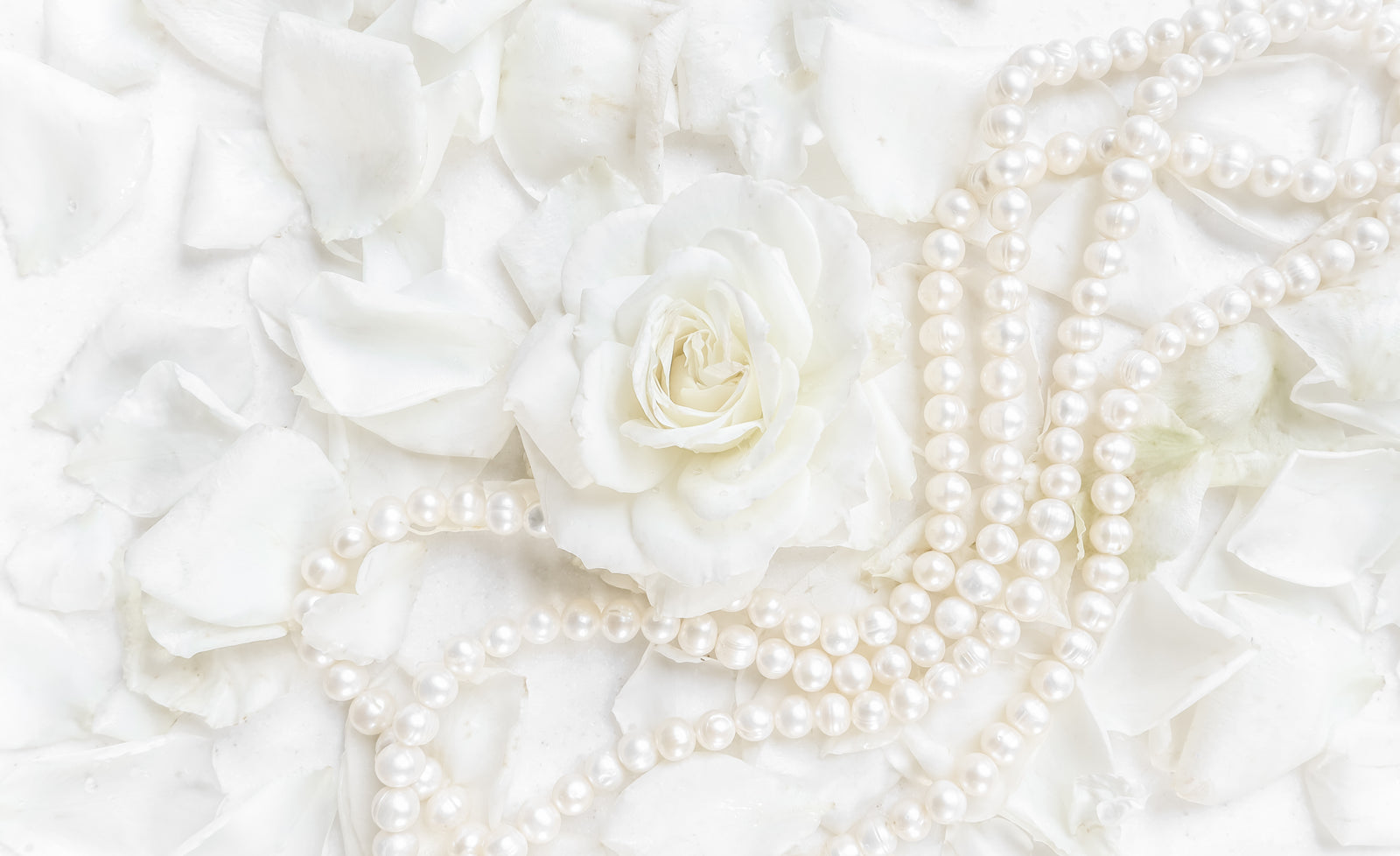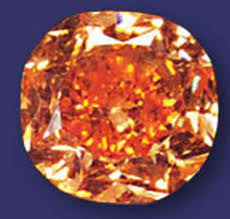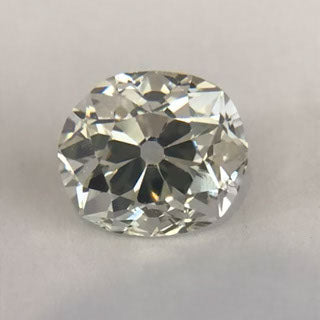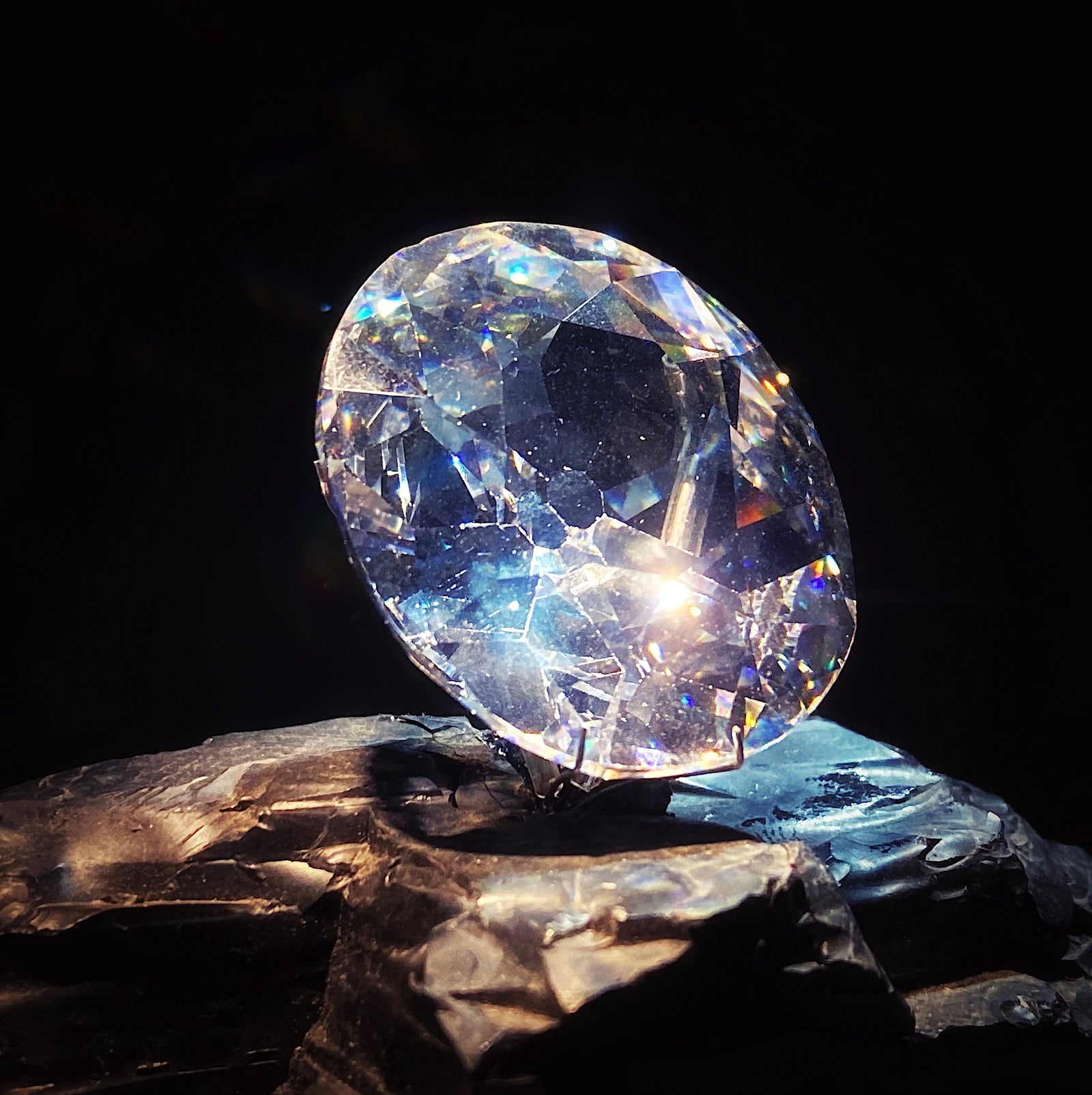First Acknowledgement
Knowing exactly where pearls came from is a little challenging since they were discovered long before any history was written about them. However, we do know that they have been worn as a formal type of jewelry for millennia due to the fragment of a pearl that was found lying in a sarcophagus by a Persian princess who dates all the way back to 420 BC. This artifact is now stored and can be viewed at the Louvre Museum in Paris.
Even though we do not know exactly when pearls were discovered, we do know that as early as 2300 BC, pearls were given to Chinese royalty as gifts. In Rome, they were considered a symbol of high status that caused Julius Caesar to pass a law in the first century BC to limit the possession and wear of pearls to only those of the ruling class.
Formation
A pearl is formed inside an oyster in the soft inner body section. Anytime an irritant enters the shell of an oyster, nacre, a crystalline substance begins to secrete as a defense mechanism which causes layers of buildup around the irritant, forming what we refer to as a Natural Pearl.
Similarly, a cultured pearl is formed in the same way. The only difference is that the irritant entered due to human intervention rather than it happening naturally and the outer layers of the cultured pearl are made up of calcium carbonate and other concentric layers.
Pearl Rarity
Although it is easy to create a pearl, it takes a bit of time. The process of forming a pearl can take as little as six months and up to four years. In addition to this, it takes about three years for an oyster to mature enough before having the ability to produce a pearl. To create a full strand of pearls for a necklace, it may take several thousand oysters and many years to collect enough uniform pearls because they do not always come out the same color or size every time.
Pearl Locality
Today, pearls can be found all over the world as they are widely distributed and there are many diverse types of pearls in a variety of locations. South Sea white pearls have the highest grade in the market are harvested from the shores of Indonesia, Philippines, and Australia in silver or golden-lipped oysters. Exclusively in Japan’s saltwater, Akoya pearls can be found. Akoya pearls tend to form in an assortment of colors like white, grey, pink, green, or silver undertones. They are collected from Pinctada Fucata oysters and are rounder and smoother than freshwater pearls that are harvested from the lakes and rivers in China but also in Japan and the United States, but a much smaller volume. Freshwater pearls are collected from freshwater mussels and are white or pink. Traditionally, pearls are white, however you can find black ones that are only harvested in Tahiti and a few other French Polynesian islands. Black pearls also can be found in hues of green, silver, blue, and purple; all are harvested from the Pinctada Margaritifera oyster.
Recent History
In the 1920s, pearl necklaces became exceedingly popular and often would be over thirty inches long and often have a tassel as a pendant. Influential, French fashion designer and businesswoman, Coco Chanel, said that “A woman needs ropes and ropes of pearls” and could never be found without pearls strung around her neck. Many other influential women followed lead in wearing pearls such as Jackie Kennedy and Audrey Hepburn. However, she surprised many of her dedicated followers later that she was not always wearing true, genuine, and natural pearls. She often mixed real pearls with fake ones which then gave rise to costume jewelry pearls made from Lucite or glass.
One hundred years later, Coco Chanel’s business, Chanel, launched a jewelry collection that honored Coco’s passion for these gems and developed a pearl bracelet, necklace and earrings. The collection was simple yet elegant and had a combination of South Sea, Tahitian, and freshwater cultured pearls creating a layered look of pastel-colored pearls.
Pearls in British Royal Ceremonies
The Coronation Spoon is the oldest piece of coronation regalia made from silver-gilt and set with four pearls. When the monarchy was temporarily abolished and King Charles I was beheaded, all the coronation regalia was melted down except the spoon.
The Imperial State Crown was first created in 1937 for King George VI’s coronation and most recently was displayed on Queen Elizabeth II’s coffin. The crown is traditionally worn by the monarch as they leave Westminster Abbey after the ceremony or on other ceremonial occasions like the State Opening of Parliament. The crown displays nearly 3,000 diamonds, 17 sapphires, 11 emeralds, four rubies, and 269 pearls. It also carries history, Henry V allegedly wore one of the rubies at the Battle of Agincourt in 1415, the sapphire that adorns the cross about the monde is said to be taken from the saint’s ring, and the orb and cross made from over 650 diamonds was once part of Queen Victoria’s State Crown. There are rumored to be four pearls beneath the crown that belonged to Elizabeth I.
All this to say, pearls have been an integral part of history and will continue to be important to many people around the world for a variety of reasons.





















